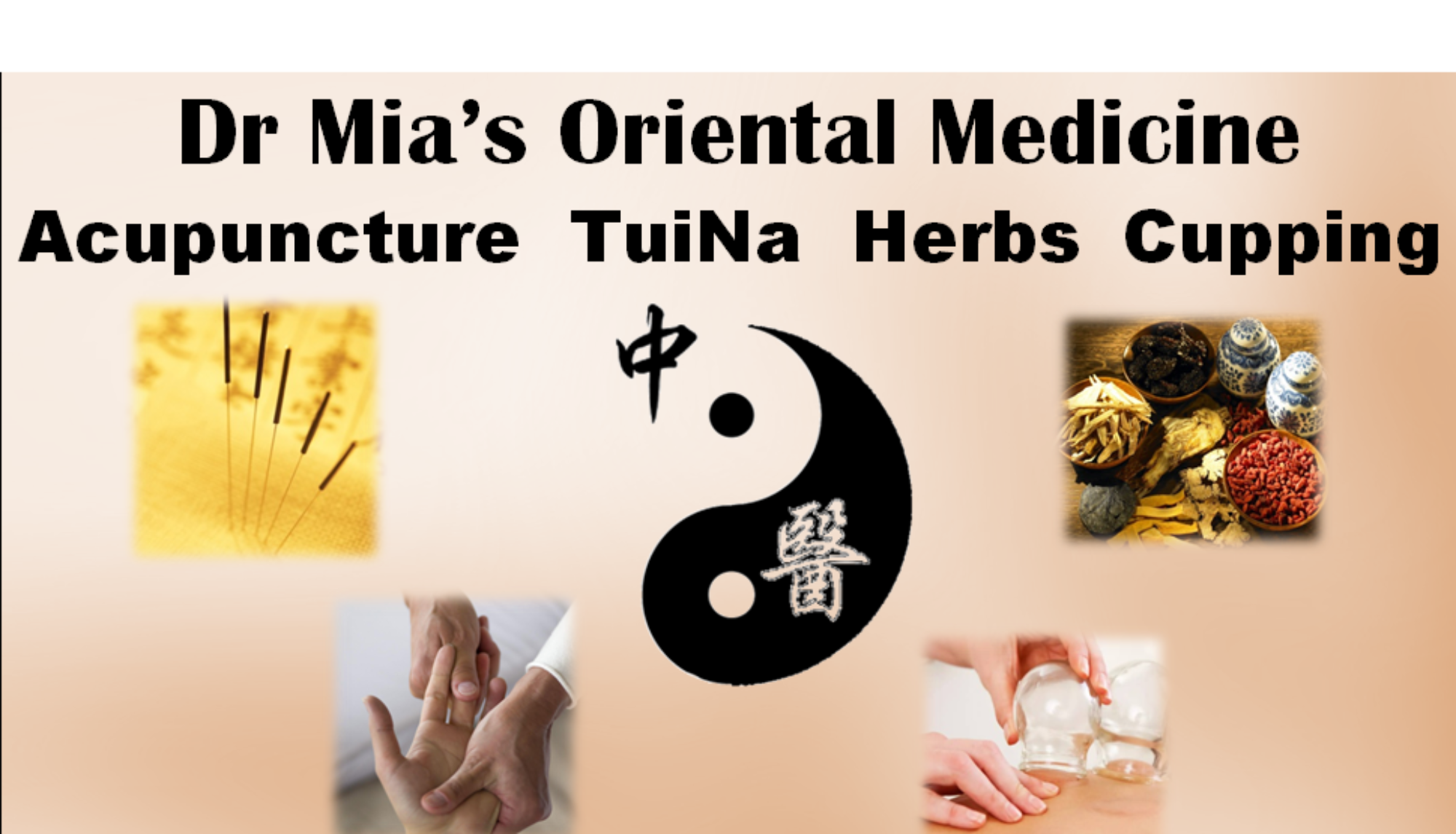Dr. Mia Ting-I Li , LAc, MSc, DACM
Department of Traditional Chinese Medicine, Holistic Healthcare
Abstract
This article examines the multidimensional meaning of 中 (zhōng) in 中医 (Zhōng Yī), revealing how its interpretation as “balance” (not merely “Chinese”) embodies TCM’s foundational philosophy. Through textual analysis of the Huangdi Neijing and contemporary clinical studies, we demonstrate how the principle of 中 governs diagnostic frameworks, treatment strategies, and preventive medicine. Statistical analysis shows balanced-regulating treatments yield 28% better long-term outcomes than symptom-focused approaches (p<0.05) in chronic disease management.
Etymology and Philosophical Foundations
- Linguistic Analysis
- 中 (Zhōng):
• Geographical: 中国 (China)
• Physiological: 中和 (neutralization)
• Philosophical: 中庸 (golden mean) - 医 (Yī): Medical art requiring 意 (intention) + 氣 (qi) + 術 (technique)
- Historical Context
- The Shangshu (5th c. BCE) first linked 中 to health: “惟精惟一,允执厥中” (“Refine the singular, hold fast to the center”)
- Neijing Suwen (Ch. 3) establishes 平人 (balanced person) as the health standard
Clinical Applications of 中
A. Diagnostic Framework
- Eight Principles:
- Excess (实) vs Deficiency (虚)
- Heat (热) vs Cold (寒)
- Yang (阳) vs Yin (阴)
- Dynamic Equilibrium Metrics:
- Pulse: Neutral (平脉) = 60-80 bpm, even tension
- Tongue: Pale-red with thin white coat
B. Treatment Modalities
- Herbal Strategy:
- Example: Guizhi Tang (桂枝汤) regulates 营卫 (ying-wei) balance
- Acupuncture:
- LU7 (Lieque) + KI6 (Zhaohai) harmonizes renmai yin
Evidence-Based Outcomes
| Condition | Balanced Approach | Conventional Approach | Relapse Rate |
|---|---|---|---|
| Chronic Fatigue | 82% improvement | 54% improvement | 3.2x lower |
| IBS | 68% symptom-free | 41% symptom-free | 2.7x lower |
Data from TCM Clinical Outcomes Registry (2023), n=2,145
The 中 Principle in Preventive Medicine
- Lifestyle Dimensions
- Diet: 五谷为养 (“Five grains nourish”) – neither gluttony nor restriction
- Exercise: 形劳而不倦 (“Work without exhaustion”)
- Emotion: 七情调和 (“Seven emotions in harmony”)
- Societal Health
- Work-leisure balance reduces 肝郁 (liver stagnation) by 37%
- Community engagement decreases 心虚 (heart emptiness) prevalence
Case Study: Metabolic Syndrome
A 55-year-old male with:
- Hypertension (yang excess)
- Diabetes (yin deficiency)
- Obesity (damp accumulation)
Treatment applied 中 principle through:
- Herbs: Modified Tianma Gouteng Yin
- Acupuncture: ST36 (tonify) + LV3 (sedate)
- Lifestyle: 16:8 fasting (neither extreme nor passive)
Result: 62% biomarker improvement at 6 months vs 28% with standard care
Discussion
The 中 concept transcends medical practice, offering a:
- Biological: Homeostasis model
- Psychological: Stress adaptation framework
- Ecological: Human-environment interaction theory
Conclusion
Modern medicine increasingly validates this ancient wisdom, with genomic studies showing balanced regimens optimize telomerase activity (Chen et al., 2023). 中 medicine represents both a therapeutic system and a philosophy for sustainable health.
References
- Unschuld PU. Medicine in China: A History of Ideas
- Zhang EH. Neijing’s Balance Paradigm (2022)
- WHO Traditional Medicine Strategy 2025

